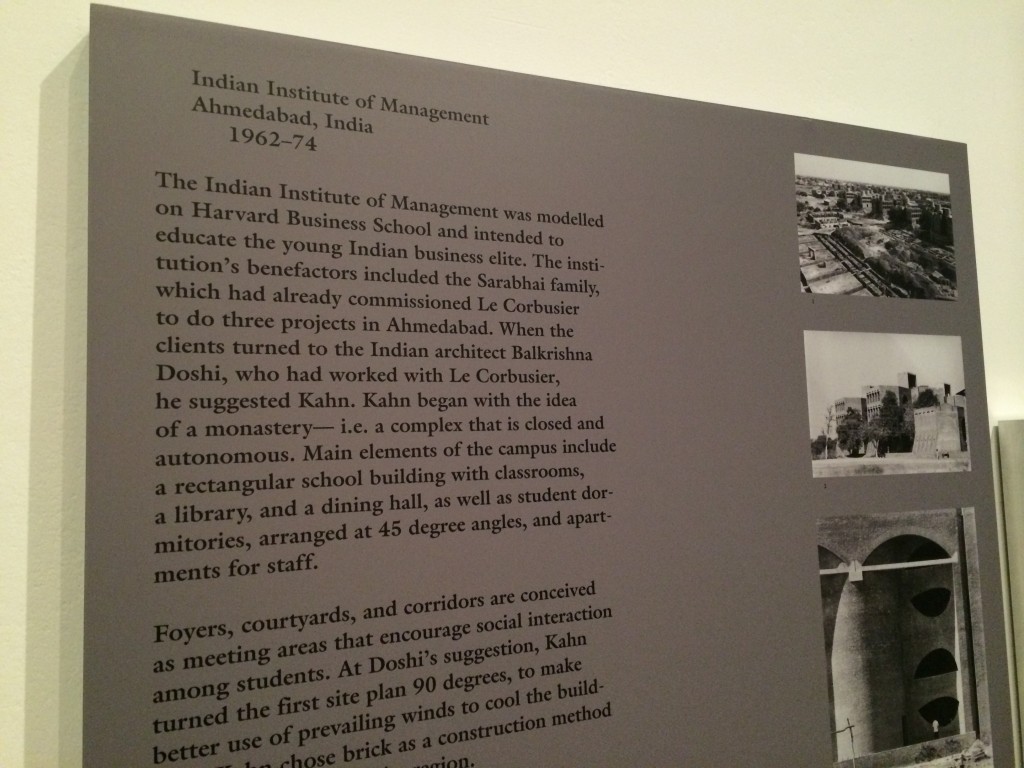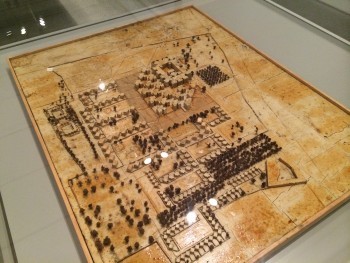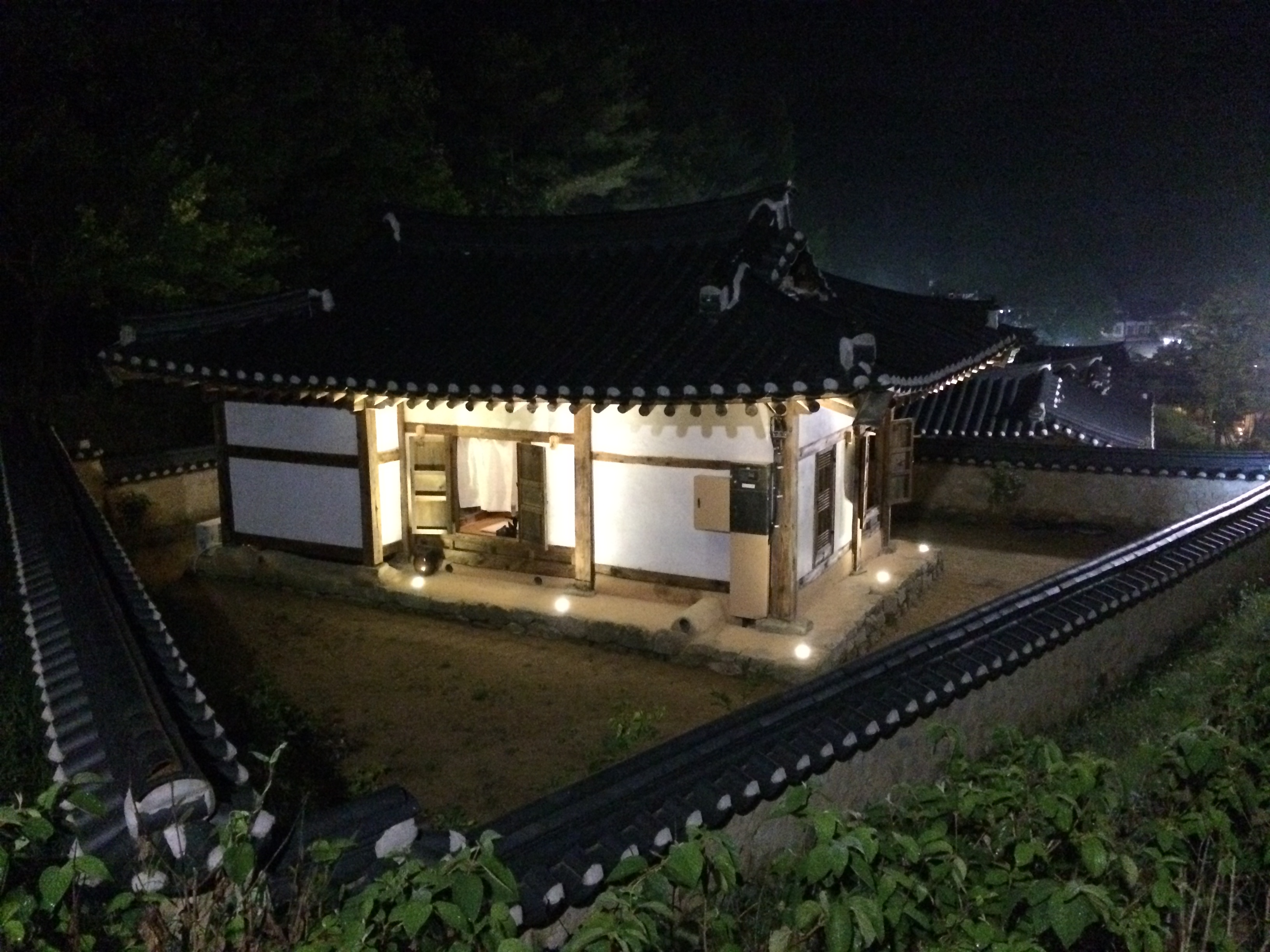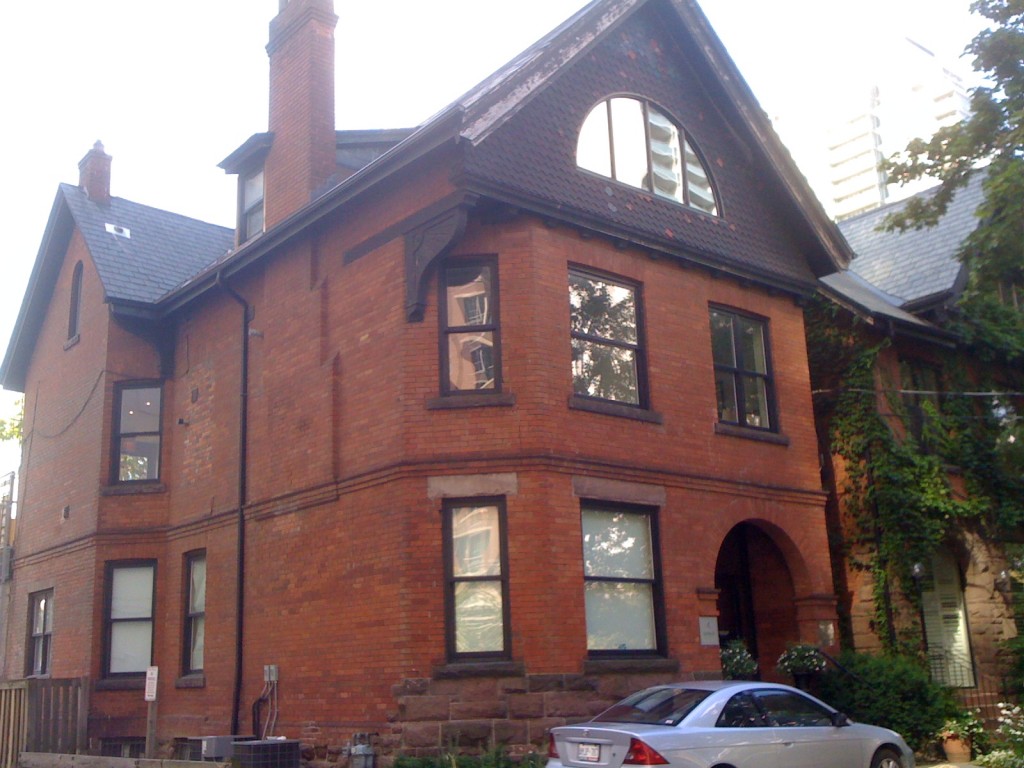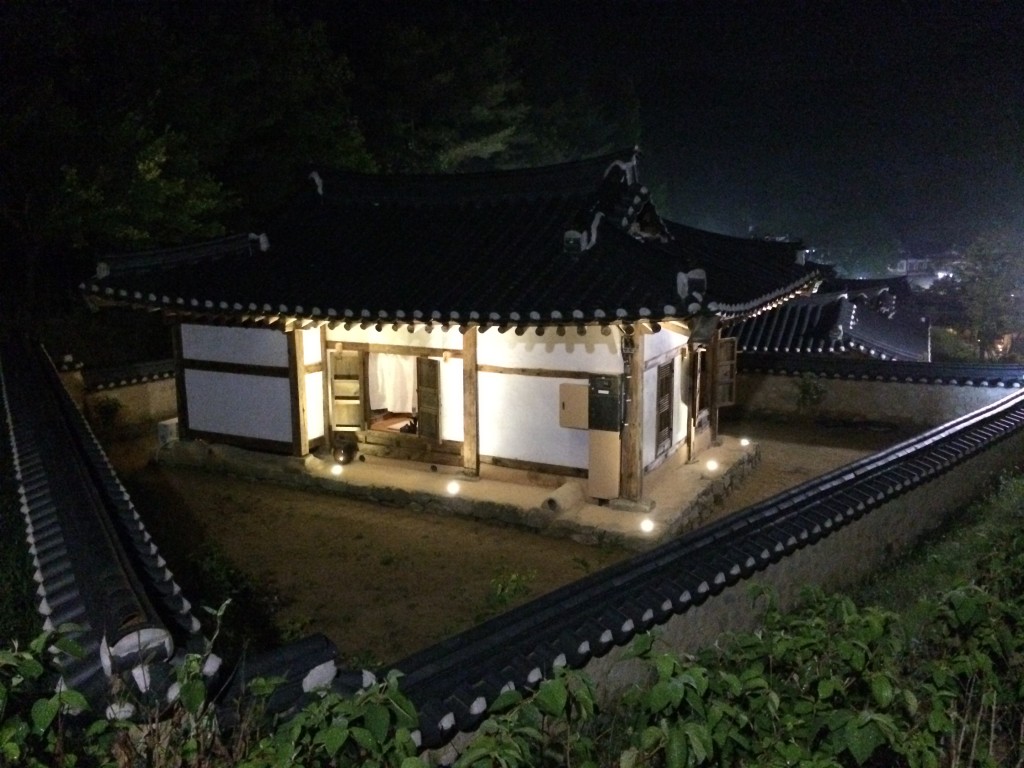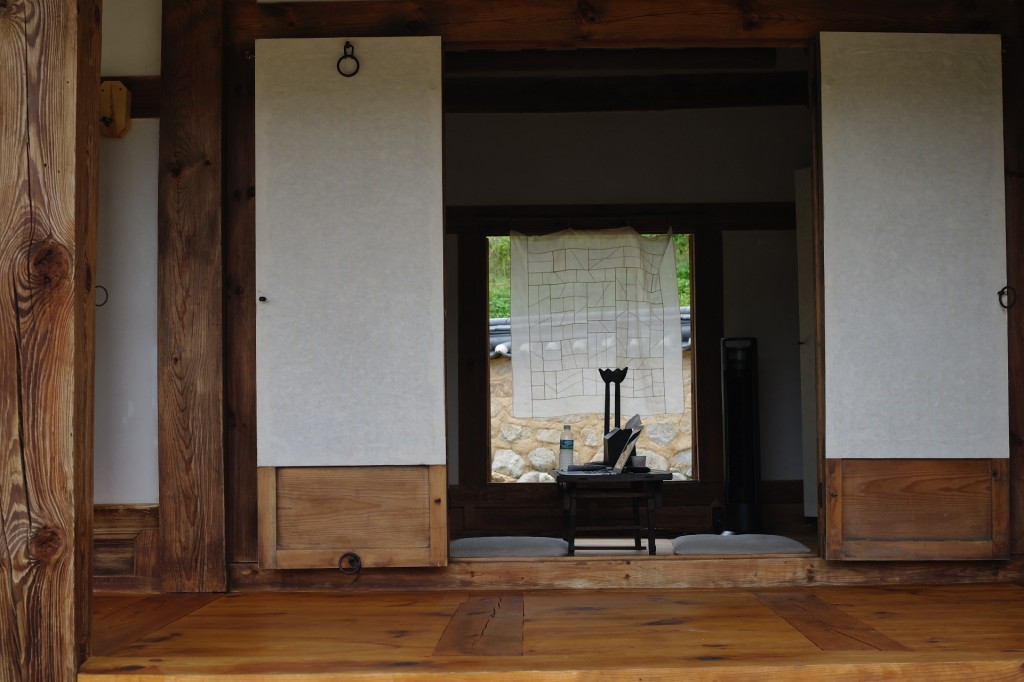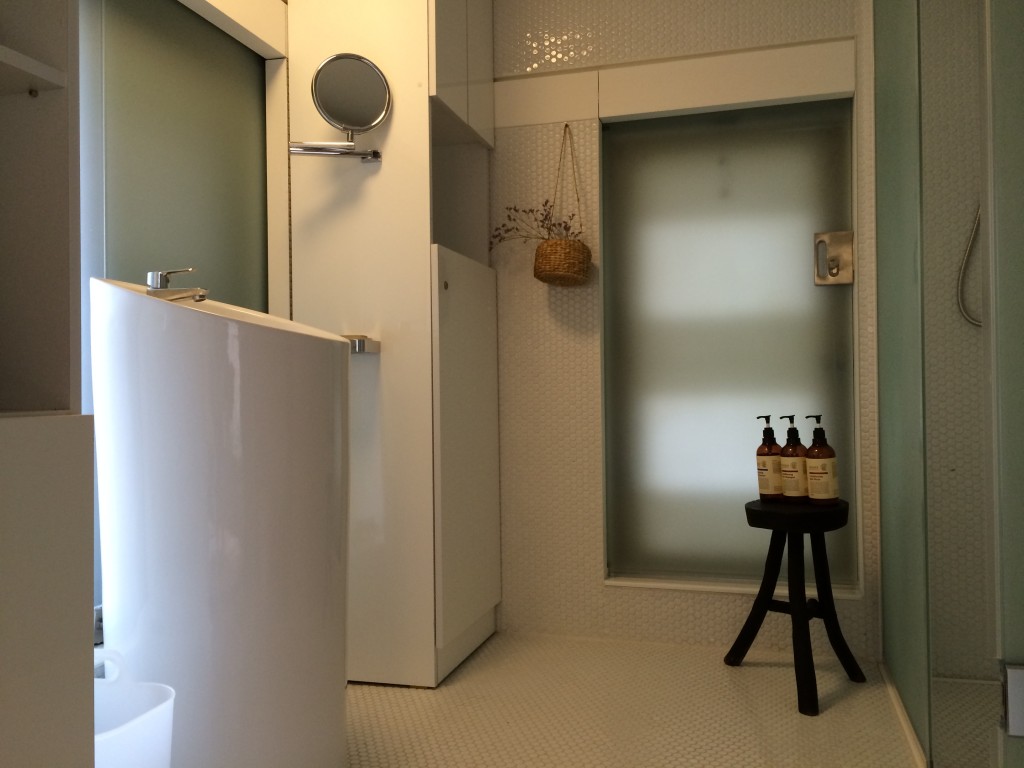I came to know Louis Kahn at the Design Museum, London. This little museum held an exhibition called the power of architecture and introduced him and his work.
Louis Kahn (1901-74) was one of the most influential architects of the twentieth century. With complex spatial compositions and a choreographic mastery of light, Kahn created buildings of archaic beauty and powerful universal symbolism. His work impacted many of his contemporaries and still serves today as a model and measure among architects, expecially those of the younger generation.
Kahn’s acclaim is based on a small number of buildings that were elected over a short time period of just 25 years. While his early work focused on housing and urban planning in his home city of Philadelphia, he started to gain a worldwide reputation toward the end of the 1950s as an architect of public buildings. Kahn designed museum, laboratories, schools, churches, synagogues, and even a national parliament. For a long time he was exclusively active in the USA, yet his later work took an an increasingly global dimension. Consequently, two of his most important projects were executed in India and Bangladesh – the Indian Institute of Management in Ahmedabad (1962-74) and the National Assembly building in Dhaka (1962-83).
